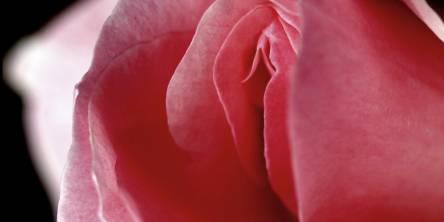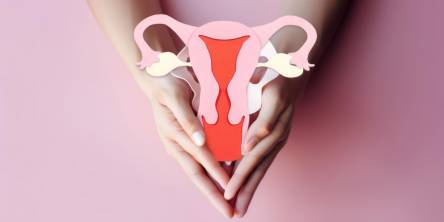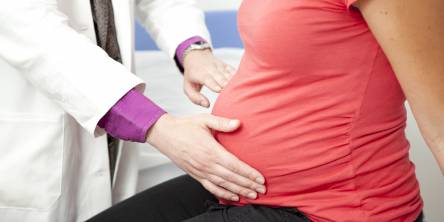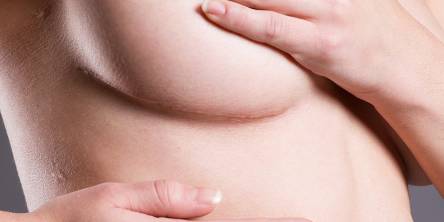Shatavari ( AsparagusRacemosus) for Women Wellness
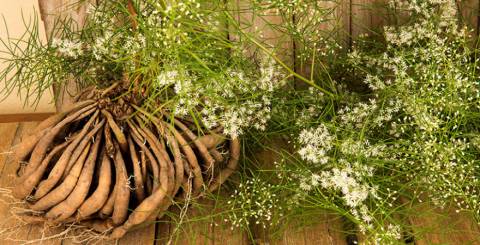
Abstract
Shatavari is a very renowned ayurvedic herb containing plenty of health benefits. It is also known as the universal rasayan. The word shatavari refers to a woman with a hundred husbands signifying the traditional use of this herb to boost the reproductive system of the body. Along with this, it poses various other medicinal properties also which are very beneficial in boosting the health of the individual. Shatavari will be described in detail in the following article.
Ayurvedic Herb - Shatavari
The botanical name of shatavari is Asparagus Racemosus. It is also known with a variety of other names such as shatapadi, peevari, indeevari, vari, bahusuta, atirasa, etc. Shatavari is known as the queen of herbs in Ayurveda as it promotes love and devotion. Shatavari is described in classical texts such as ashtang hridaya, charak samhita, etc as a component of various ayurvedic formulations. It has special reference for managing disorders related to women's health. The effect on health depends on the properties of the herb which will be discussed in detail in the following article.
Properties of Shatavari
Shatavari contains numerous medicinal properties. It is madhura (sweet)and tikta (bitter) in taste. It is guru (heavy) and snigdha (oily) in nature. Its vipaka i.e. the post digestive effect, is madhura (sweet). Shatavari is cool in potency. The healthy state of the body can be maintained only if the levels of the tridosha (vata, pitta, kapha) are in equilibrium. Shatavari helps to balance the dosha. It is known to balance the levels of vata, kapha and pitta in the body. These properties of shatavari provide a great boost to health which is described in detail as follows.
Classical Texts
The shatavari is mentioned in the classical texts as a very beneficial ayurvedic herb. Acharya Charak has categorised shatavari in the group of balya dravya. Balya means which promotes strength.Acharya Charak has also classified shatavari as vyavasthapan, and shukra janan. Vyasthapana refers to the drugs that promote longevity and shukra janan means it improves the reproductive system and is spermatogenic in nature. There are various other references also available regarding this herb. Acharya Sushruta has mentioned Shatavari as a shukra shodhana. Shodhana refers to the process of purification and hence, shukra shodhana means purifying sperm or semen.
Therapeutic Effects of Shatavari
Shatavari is very beneficial in all types of reproductive system related difficulties such as scanty menstrual flow, absence of menstrual bleeding, and painful menses. It is also useful in managing hot flushes during pre-menopausal phase and acts as an effective female hormone balancer. Shatavari is also very useful in managing the condition of white discharge. It is known to enhance the levels of oestrogen in females by boosting its production. It may otherwise cause trouble during post menopausal phase featuring dryness of vagina. Shatavari helps to enhance the process of folliculogenesis.
The use of shatavari is known to significantly boost the levels of serum follicle stimulating hormones. In young females, the use of shatavari increases the weight of ovaries. Its use in the teenage years also helps in producing quality female hormones while in the cases of adults, it helps to promote the process of ovulation and fertilisation.
The phyto estrogenic activity of shatavari is due to the presence of steroidal saponins which exert hormone-like action on the body. Shatavari is the main rejuvenative tonic for females. It contains estrogenic components from its roots. It is known to nourish the uterus and ovum. It helps to prepare the women's organs for pregnancy and also helps to prevent miscarriage.
Shatavari can also be used in the cases of reduced libido. The roots of shatavari are used to stimulate the secretion of breast milk to feed the baby. Shatavari is cool in potency, it is therefore helpful in managing the condition of burning micturition and itching in the vaginal tract. Shatavari helps to balance the vata dosha, it has been traditionally used to manage patients of anxiety and depression.
Dosage of Shatavari
The dose of shatavari should be given according to the body type of the patient and the state of the disease. When shatavari is given in powdered form, it can be given in a dose of 6 gm per day. When decoction of shatavari is used, it can be given in an amount of 200 ml per day. Shatavari is a very beneficial herb and possesses great health benefits when used in appropriate doses, but inappropriate or excessive amounts can lead to various side effects such as disturbance in the menstrual cycle leading to irregular menses and various breast-related changes.
Ayurvedic Formulations of Shatavari
There are numerous health benefits possessed by the extracts of shatavari as mentioned above and it can be used in a variety of health conditions. The ayurvedic formulations of shatavari are shatavari ghrita, shatavari churna, shatavari guda, shatavari vati, etc. These formulations can be used to manage different diseases and promote the strength of the body. These formulations should be used accordingly, as suitable to the condition.
Contraindications
Shatavari should be avoided in women with high levels of oestrogen, as in such cases, there is a risk of mimication of oestrogen by shatavari leading to difficulties like breast tenderness, etc. In such cases, some menstrual difficulties can also be observed. When shatavari is administered, there are chances of increase in the size of breast, which may be favourable to some and unfavorable to others.
Conclusion
In a nutshell, it can be concluded that the extracts of shatavari (Asparagus racemosus) are helpful in managing a variety of health conditions. As mentioned earlier, shatavari contains numerous medicinal properties, it is thus effective in managing various menstrual related difficulties and other sexual disorders. Shatavari (Asparagus racemosus) has been used traditionally for a long time to improve female health and manage menstrual difficulties also. It is of great medicinal significance and is very effective in improving the strength of the reproductive system. However, it should be strictly under the supervision of an ayurvedic physician to get the best results.
Similar Articles
If you have hip discomfort during perimenopause or beyond menopause, there may be a relationship. Reduced estrogen levels might raise your chance of getting gluteal tendinopathy. They may also contribute to osteoarthritis, which can damage several joints, including the hips.
Of the estimated total population having osteoporosis and osteoarthritis, 80% are women. One in two women over the age of 50 get serious fractures because of onset or severe osteoporosis. A bone injury at that age means serious length of recovery and difficulty in returning to normal mobility.
Breast lift surgery lifts the breasts, strengthens the tissue, and eliminates extra skin to boost elevation and better nipple positioning.
An enlarged vagina can occur as a result of unrelated events, such as the end of pregnancy or after sex. It can also be caused by vaginal irritation from wearing synthetic fabric underwear or a sexually transmitted disease such as genital herpes.
Uterine fibroids are one of the most common gynecological diseases that affect many women during their reproductive years. In this article, we will look at all aspects of this condition, including its causes, symptoms, diagnosis, treatment, and possible complications.
Polycystic ovarian disease (PCOD) is a hormonal disorder prevalent among women of reproductive age. It occurs when a woman's ovaries or adrenal glands produce higher-than-normal levels of male hormones, called androgens. This hormonal imbalance disrupts the menstrual cycle and leads to the formation of small cysts on the ovaries
Uterine fibroids are benign tumors that develop in the uterine muscle tissue. According to the US Office on Women's Health (OWH), fibroids can grow as a single tumor or as a cluster in the uterus, and they can be as small as an apple seed or as large as a grapefruit.
Your pregnancy test came back positive, and nothing, not even early pregnancy symptoms like morning sickness or exhaustion, can dampen your spirits. However, it is natural to worry about what to do when you discover you are pregnant.
A breast lift, like any other operation, involves skin incisions. Scarring occurs when your skin generates new tissues and mends the wound after an incision. There are, however, measures to reduce scarring before, during, and after a breast lift.




